Mastering Gender Detection with OpenCV and Roboflow in Python
Analytics Vidhya
SEPTEMBER 21, 2024
Introduction Gender detection from facial images is one of the many fascinating applications of computer vision. In this project, we combine OpenCV for confront location and the Roboflow API for gender classification, making a device that identifies faces, checks them, and predicts their gender. We’ll utilize Python, particularly in Google Colab, to type in and run […] The post Mastering Gender Detection with OpenCV and Roboflow in Python appeared first on Analytics Vidhya.



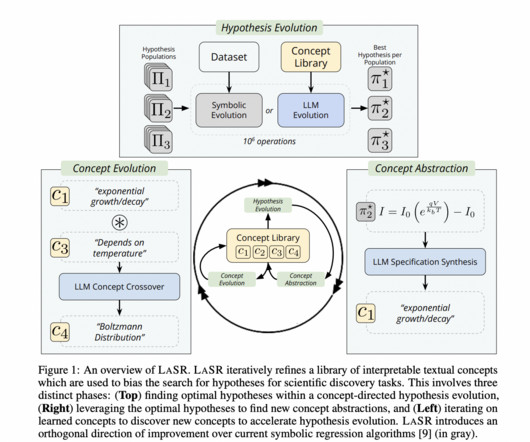

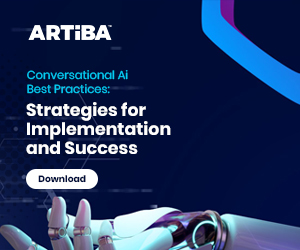
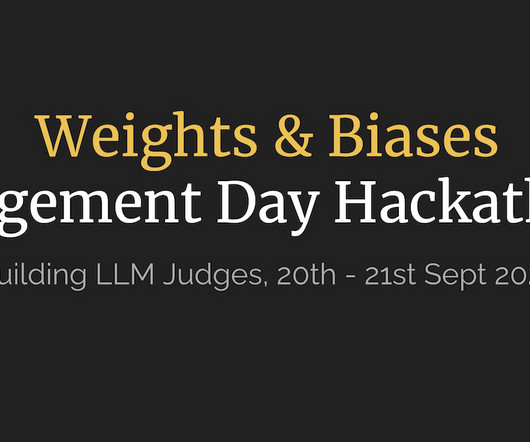


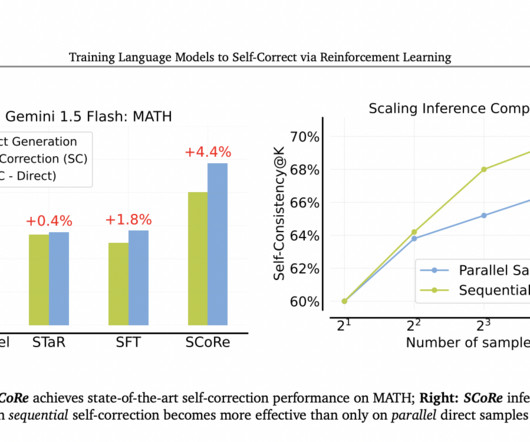

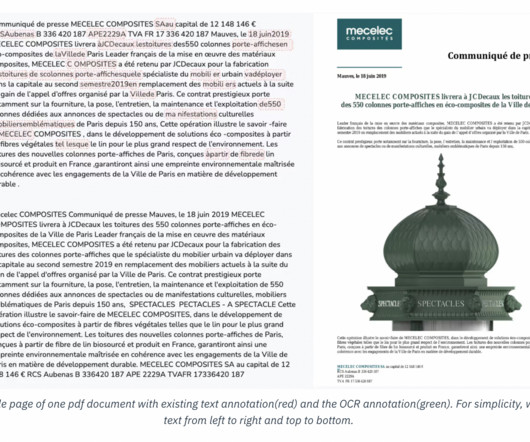

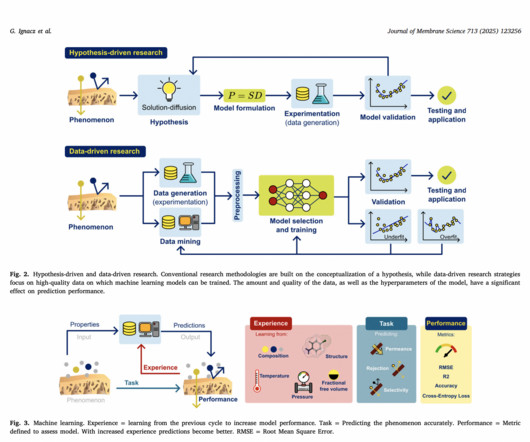

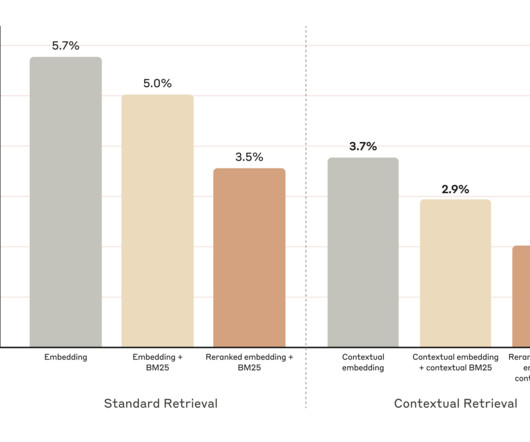
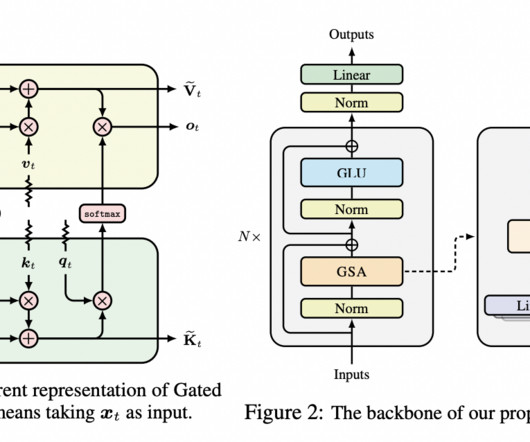

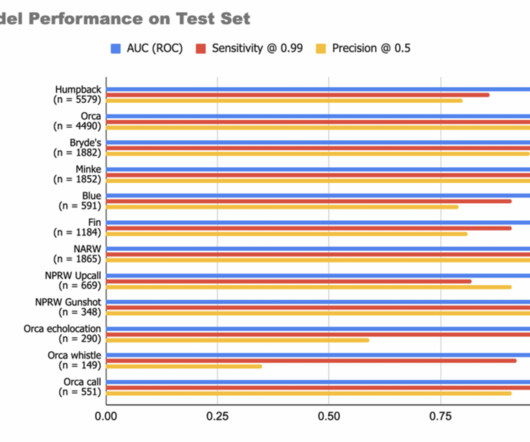
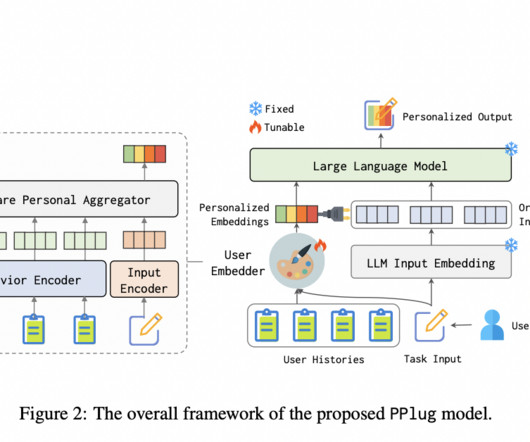






Let's personalize your content